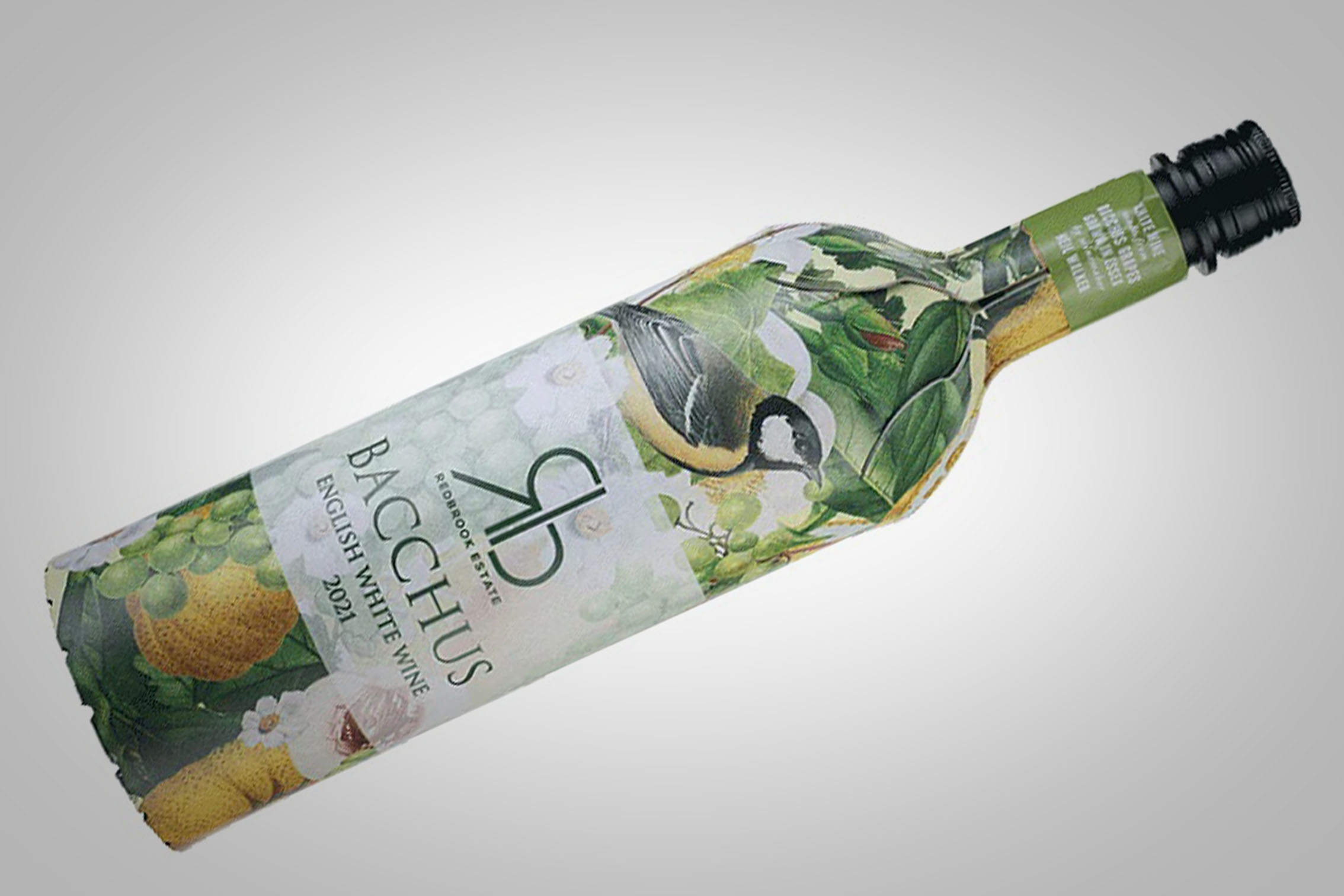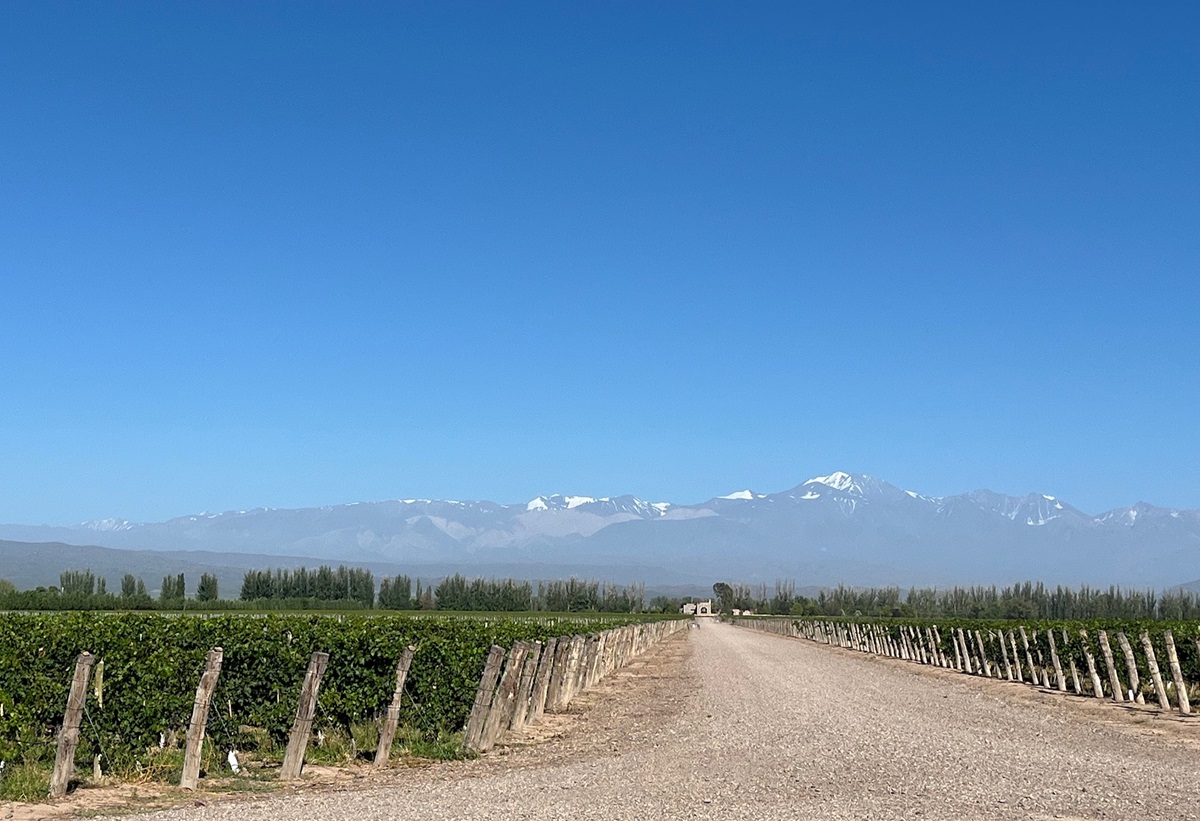RETHINKING WINE PACKAGING

Last year I was invited to a wine tasting which stated that there was ‘no glass allowed’. This innovative tasting was designed to promote quality wines now being sold in alternative packaging – from bag-in-box, kegs and recyclable plastic to pouches and cans.
The glass bottle is so deeply imbedded in our wine culture, it will take time for things to change, but shipping huge volumes of heavy glass bottles around the world is becoming unsustainable. In future there will be less bottling at origin, more bulk shipments and bottling near to the market it is sold, as one of the ways to reduce the wine industry’s carbon footprint.
The other change will be the increase in alternative wine packaging. The problem in the past has been that the wine inside boxed wine and cans has been of dubious quality, but that has dramatically changed in recent years. Now more wine producers are willing to consider it for premium wines for early drinking and more wine merchants are keen to stock them, so that we can buy them for our summer festivals, barbeques and picnics.
It may be a struggle to change consumer attitude, but certainly those exhibiting at the Wine Traders for Alternative Format Cop26 tasting hoped that the days of the glass bottle are numbered.
PAPER WINE BOTTLE
English winemaker Neil Walker recently launched a new paper wine bottle, in association with Laithwaites, made from 94% recycled paper board, with a recyclable plastic pouch inside. This is much lighter (just 83g) than a glass bottle, with a carbon footprint six times lower.
The wine is made from Bacchus grown in Walker’s Redbrook estate in Purleigh, Essex. Not only is it sustainable and pioneering, the wine tastes good too with elderflower notes, limey fruits, herby hints, crisp, fresh and long. The packaging is attractive with William Morris wallpaper-inspired style wrap-around, but my main reservation is the price. When I asked Becca Reeves, Laithwaites buyer why it had to be so expensive, she said it was a combination of being English and the cost of this innovative new packaging with its problems in automation: REDBROOK ESTATE BACCHUS 2021 £18.99 Laithwaites
POSTABLE PET BOTTLE
The latest flat-shaped PET bottle to drop through my letter box is made from recycled POP (Prevented Ocean Plastic) collected from coastal areas. Recyclable and unbreakable, this revolutionary design is convenient to post (weighing just 63g) being 10 times lighter than a normal bottle, it could prove useful on trains and airlines short of space.
It might seem surprising to find an expensive Provencal rose wine in this format, but owners of the Cru Classe Chateau Galoupet are the giant LVMH group who are conscious that 40% of a winery’s carbon footprint is in the packaging – so they are experimenting with different formats. This six grape Cinsault-dominant blend is from their own grapes grown at their Provencal estate; it has red berried fruits aromas with a green apple and grapefruit flavoured sleek palate: CHATEAU GALOUPET NOMADE 2021 £23 Clos19.com; Millesima
BAG IN BOX
With neat stylish packaging and interesting wines sourced direct from small-scale growers, bag in box wines are enjoying a renaissance. The recent rise in demand is believed to be linked to renewed focus on environmental issues during lockdown. Justin Howard-Sneyd MW sources the wine for the most luxurious Bag in box range called BIB.
BIB’s range includes Sancerre Rouge, English Bacchus, Beaujolais Cru, Hungarian Furmint and a delightful dry vibrant Grenache/Syrah rose from Howard-Sneyd’s own Roussillon estate, Domaine of the Bee. Their taster packs (6 x 100ml pouches £25) are also a good way of sampling their range, before committing to a box: DOMAINE OF THE BEE PINK 2021 £34.80 bibwine.co.uk
POUCHES
My experience of wine in pouches has not been as good as other alternative packaging – but I have found one stellar producer, Le Grappin, which is largely sold by independent wine shops.
Winemaker Andrew Nielsen runs this small wine company – and has shot to fame with the quality of his wines and his cleverly named the magnum bags of wine – the ‘bagnum’. He makes an excellent range of wines sold in these large pouches from Maconnais, Beaujolais and Rhone. Ideal for the fridge, my favourite for summer drinking is from the Rhone – bright strawberry fruits, balanced acidity, zippy and fresh: CINSAULT ROSE GRAPPIN £29 for 1.5 litre bagnum Le Grappin; Cork & Cask; St Andrews Wine
CANS
Craft beer and premium cider lovers consider cans the norm, but many wine lovers baulk at the idea of a tinnie. Easily chillable and useful for fishing, festivals and beach picnics, aluminium cans also have 35% less weight than equivalent glass reducing carbon footprint and are infinitely more recyclable. Ideal for wine styles which are easily gluggable and don’t need airing or ageing.
One of the better canned wine manufacturers is the UK-based The Uncommon, who make a charming strawberry toned Pinot Noir from Hampshire fruit with a pretty can design: THE UNCOMMON BUBBLY ROSE NV £4.99 for 250ml can Waitrose; Ocado; Selfridges; wearetheuncommon.co.uk
Another new entrant to the canned wine market is the appropriately-named Canned Wine Company. Their small range includes Austrian Gruner Veltliner, Austrian St Laurent, Spanish barrel aged Verdejo, Languedoc Viognier – and a gutsy robust Aragon Garnacha made by Scottish winemaker Norrel Robertson MW in Calatayud in Spain: NO 5 OLD VINE GARNACHA £5.50 for 250ml cannedwine.co
Join Rose’s Alternative Australia & New Zealand tasting in St Andrews on Fri 7 Oct www.rosemurraybrown.com
wine tastings
The perfect gift for the wine enthusiast in the family. Rose does In-person tastings too.
cellar advice
Rose does cellar valuations for private clients, valuations for insurers & bespoke portfolio management.
Related stories
March 31, 2024
By Rose Murray Brown MW Published in The Scotsman 30 March 2024 On 2 February 1659, the first wine made from grapes grown in South Africa was crafted by the Governor of the Cape, Jan van Riebeeck. He had planted vines four years earlier in the Company’s Garden near Cape Town from cuttings imported from France. Van Riebeeck’s first
March 24, 2024
By Rose Murray Brown MW Published in The Scotsman 16 March 2024 Heatwaves and bushfires were very much on the agenda when I visited Chile last month as winemakers prepared for their 2024 harvest in blistering heat and drought, with a plume of smoke from the devastating fires lingering over coastal hills. Heat and drought are the greatest challenges
March 23, 2024
By Rose Murray Brown MW Published in The Scotsman 9 March 2024 I have two glasses of Malbec in my hands from the same high-altitude vineyard in Uco valley in Argentina. I am in the Catena Institute of Wine in Mendoza with winemaker Agustin Silva. He has asked me to taste the two wines, both from the 1500m high



